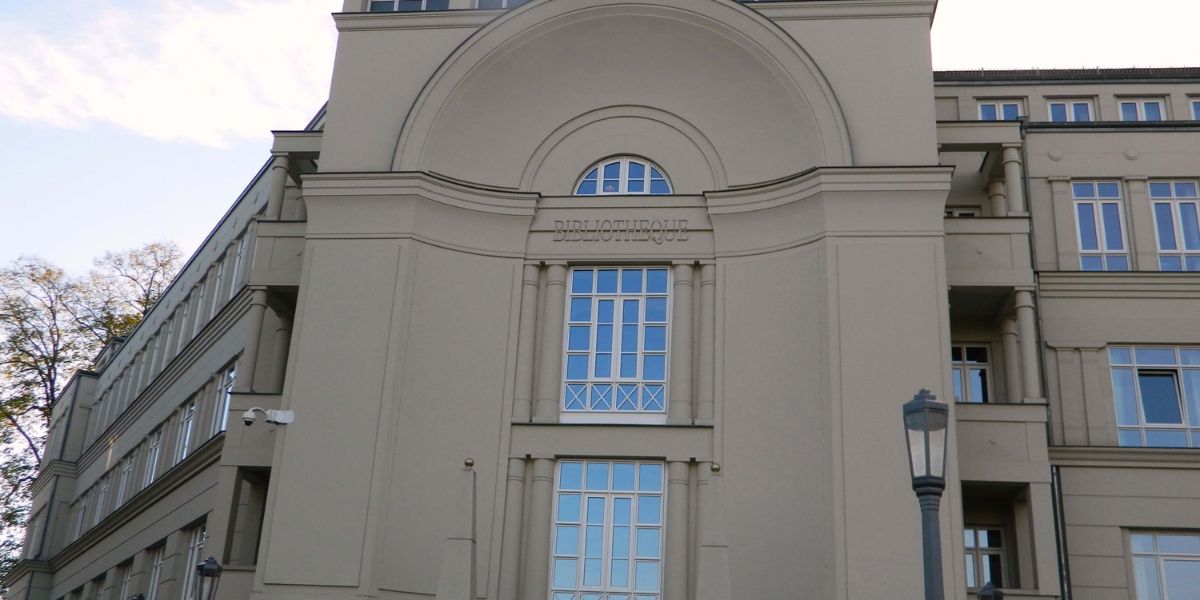PARTIAL TAX EXEMPTION (80%) ON INCOME FROM INTELLECTUAL PROPERTY RIGHTS FOR GROUPS OF COMPANIES
Under certain conditions, Luxembourg tax law exempts income from IP at the rate of 80% for Luxembourg taxpayers (see article 50bis of the L.I.R. at the end of the article).
This exemption is on the condition that the IP rights (patents, trademarks, software, copyright, domain name, designs, models, etc.) were not acquired from an associated company pertaining to the group. According to the terms of tax law, a company is considered to be an associated company in each of the following cases:
- A company owning at least a direct 10% participation in the IP company;
- A company in which the IP company owns at least a direct 10% participation;
- A sister company with the direct parent company owning at least 10% participation in both the sister company and the IP company.
In other words, Luxembourg tax law denies the exemption benefits in the circumstance where intellectual property rights are acquired by parent, sister and daughter companies.
However, in situations where a direct parent/daughter/sister relationship does not exist, the partial exemption (80%) will apply for intellectual property which is acquired, for example, by a 'cousin' company.
Example:
Company A holds 50% of both Company B and Company C. Companies B and C also respectively hold 50% of Company D and E. Companies B and C are sister companies and D and E are cousin companies.
If Company B transfers an intellectual property right (for example a trademark) to Company C, the partial exemption at 80% of income from this trademark will not apply.
However, if Company D transfers a trademark to its cousin, company E, the tax exemption can apply.
Article 50bis L.I.R.
(1)
Income from payments for usage or royalties from software, patents, trademarks, domain names, designs or models are exempt at a rate of 80%. The net income is to be calculated as the gross income minus the expenditures in direct economic connection with this income, including annual depreciations and write-downs.
(2)
If a company itself has developed a patent and is using it in their business, the company is entitled to a notional deduction equal to 80% of the net positive revenue of a license fee that would have been paid to a third party. Net income in this current paragraph is considered to be the notional compensation minus expenditures in direct economic connection with this income including annual depreciations and write-downs. The deduction is agreed up on the date the patent is requested. If the patent is rejected, the deduction that had previously been carried out must be added to the taxable profit for the year when the rejection was sent to the company.
(3)
Capital gains from the transfer or sale of a copyrighted software, patent, trademark, design or model are 80% exempt. The exempted amount mentioned in the preceding sentence is reduced by 80% of the net negative income stated under this law during the financial year of the transfer or from the prior financial years such that this net negative income, were not compensated in terms of the provisions in line 4 number 2. Exemption stated in the first sentence is also rejected when the price of the acquisition of IP was reduced by the transfer of a capital gain as seen in articles 53 and 54.
(4)
The application of paragraphs 1 to 3 of the present article are subject to the following conditions:
- the right must have been constituted or acquired after December 31, 2007
- expenditures, annual depreciation and write-downs related to the IP rights are booked to the assets of the financial statement of the company and are to be integrated with the results from the first financial year in which the application of the above paragraphs are included provided that for a given financial year these fees exceeded income on the same rights.
(5)
The application of paragraphs 1 and 3 are subject to the additional condition that the IP right was not acquired by a moral person equating to an associated company. A company is considered to be associated when:
- it directly holds 10% of the share capital of the company benefitting from the IP income or
- if the at least 10% of the share capital is directly held by the company benefitting from the IP income or
- if 10% of its share capital is held directly by a third company which has a direct participation of 10% of the capital of the company benefitting from the IP income.
(6)
The company paying taxes can use all generally accepted methodologies for evaluating IP. For the purpose of paragraph 3, the estimated value of a transferred IP right must be established in conformity with article 27, paragraph 2. Micro-, small or medium sized companies can establish the estimated value of an IP right described in paragraph 3 at 110% of the expenditures which reduced the tax base for the financial year in which the sale occurred and for previous years. A Luxembourg government regulation will set criteria for micro, small and medium sized companies.







